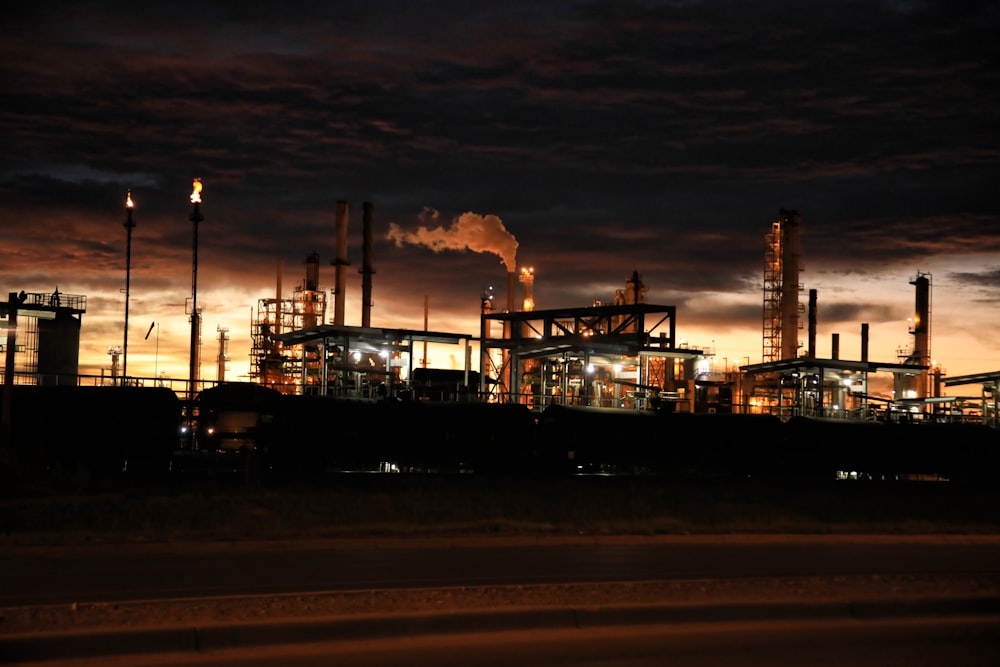
Decoding the Macro Economic Landscape: An In-Depth Analysis
Understanding the Macro Economy
In the ever-changing world of finance and business, keeping a finger on the pulse of the macro economy is crucial. This comprehensive analysis delves into the intricacies of the US macroeconomic landscape, unraveling trends, challenges, and opportunities that shape our economic reality.
Factors Driving Economic Trends
A multitude of factors influence the macro economy, from fiscal policies to global trade dynamics. Examining the interplay of these elements offers insights into the current state of affairs. Changes in interest rates, inflation, and unemployment rates all contribute to the intricate dance of economic trends.
The Ripple Effect of Global Events
In an increasingly interconnected world, global events have a profound impact on the US macro economy. From geopolitical tensions to pandemics, external factors can create ripples that are felt far and wide. Navigating these uncertainties requires a keen understanding of the interconnectedness of the global economic landscape.
Adaptability in the Face of Uncertainty
One of the defining features of the macro economy is its inherent volatility. Economic indicators can swing based on unforeseen events, and businesses must be agile to adapt. Successful enterprises leverage data and insights to make informed decisions, mitigating risks and seizing opportunities as they arise.
Investment Strategies in a Shifting Landscape
For investors, understanding the macroeconomic landscape is paramount. From stock markets to real estate, investment strategies must be aligned with the prevailing economic conditions. A strategic approach that factors in economic indicators and trends can lead to more informed and successful investment decisions.
Government Policies and Economic Impact
The decisions made by policymakers have a direct impact on the macro economy. Fiscal and monetary policies shape economic conditions, influencing factors such as interest rates, taxes, and government spending. A deep understanding of these policies is essential for businesses and individuals alike.
Sectoral Analysis: Industries at the Forefront
Certain industries play a pivotal role in driving the macro economy. Technology, healthcare, and finance are often at the forefront of economic trends. Analyzing sectoral performance provides valuable insights into the overall health of the economy and identifies areas of growth or potential challenges.
Innovation and Economic Resilience
Innovation serves as a catalyst for economic resilience. Industries that embrace technological advancements and foster innovation are better equipped to weather economic storms. The macroeconomic landscape rewards adaptability and forward-thinking strategies that position businesses for sustained success.
The Role of Consumer Behavior
Consumer behavior is a key factor influencing the macro economy. Spending patterns, preferences, and sentiments all contribute to economic trends. Businesses that understand and respond to shifts in consumer behavior are better positioned to thrive in a dynamic economic environment.
Charting a Course for Future Success
In conclusion, decoding the macroeconomic landscape is essential for businesses, investors, and policymakers alike. Understanding the factors that drive economic trends, adapting to uncertainties, and leveraging insights for informed decision-making are crucial steps in navigating the complex and ever-evolving world of the macro economy. Read more about us macro economy





